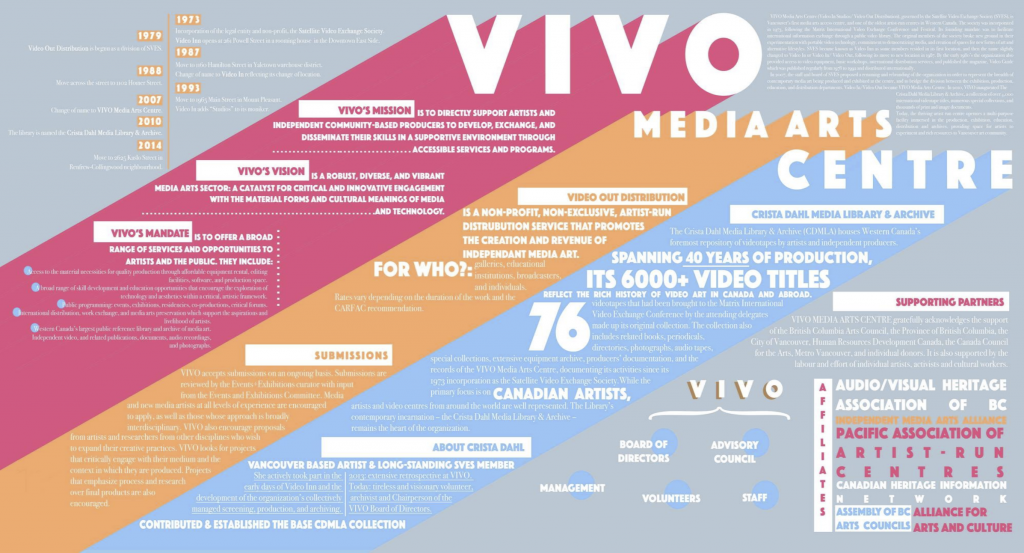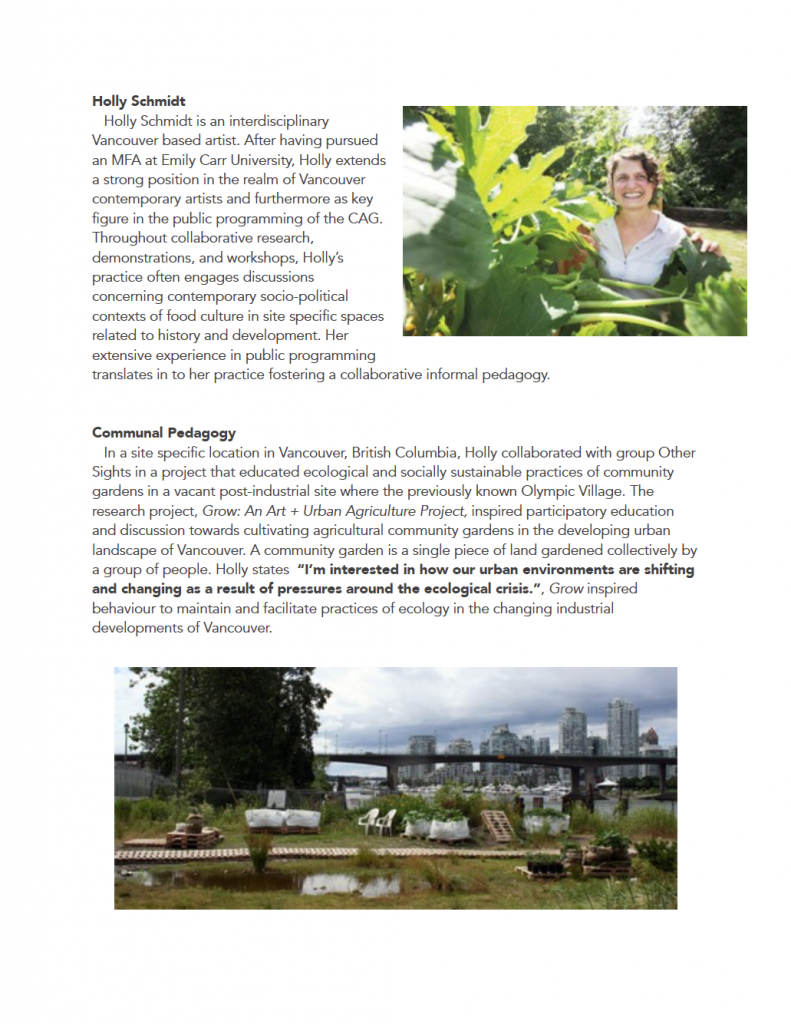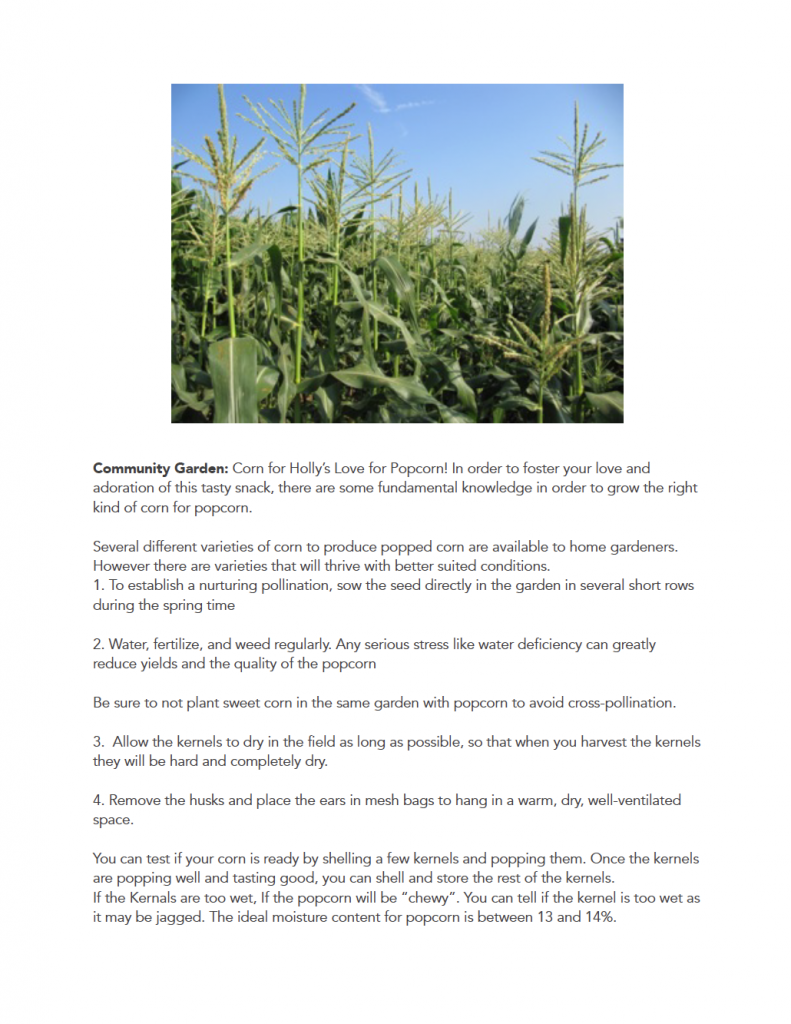Project Prompts Relating to the Community Based Experiential Learning Component of the “Artists in Society” Class
Orientation Meeting with Partner
The project starts with you contacting your partner (mostly email) and arranging an orientation or meeting with your partner. You should attend this meeting aware and knowledgeable about the institution, the mandate, exhibitions currently on view, have reviewed the posting. Some things to consider:
- Research the organization, through the web, in person, the neighborhood, area of the city the gallery is located, people who may be associated to the space, etc.
- Review the project description and reflect on how you are interpreting it.
- Meet with your peer that will also be working at the space with you, and discuss what you have learned.
- Make a rough draft /outline of how you are interpreting the specific project, and questions that may arise in trying to create this.
- Indicate your skills, knowledge, and experience you bring to the project/organization.
- What areas do you hope to develop greater experience in or will need to learn?
- It can be wise to have 3 goals set for what you wish to accomplish in the first meeting.
It would be best if you could attend this meeting as pairs if there are two of you assigned to the position. At this meeting you will hopefully get a good idea of the expectations of your partner, arrangement of hours/schedule more details about the partnership, and a general sense of the person you will be working with. Please take notes and bring in questions that you may have. This meeting may also contain safety demonstrations or other administrative duties and procedures. This component of the partnership is required but not graded. If you do not “pass” this component, it will have bearing on your ability to pass the course.
Institutional Partner Presentation
This presentation should be done with all who are linked to the institution. You are to research and prepare a 5-minute presentation on your partner gallery. Give a comprehensive, historical and critical presentation about the Institution you have been assigned to. Go beyond just looking up its history, and instead find ways that it has been contextualized (theoretically) and functions, within the Vancouver art community. As well, examine how it structures itself internally, and how its mandate, focus, funding and administrative structures, (and other insights you feel are pertinent to how one this Institution functions) relate to its place in the larger Vancouver art community context. At least one third of your presentation should concentrate on how this gallery relates to you and your student colleagues, including opportunities or barriers, focus of medium or cultural/social composition, etc. It is a good idea to illustrate your presentation with projected visuals or you can bring in catalogues, pamphlets, books, etc. Have fun and loosen’ up and make the presentation stick!

Above is a sample poster for VIVO Media Arts Centre, students Makiko and Cassandra were partnered with as their community institution. The knowledge-sharing presentation was accompanied by posters, and amongst all the partnerships the posters covered a large part of the Vancouver Art Community.
Project Blog
Every partnership institution must have its own blog. For those who are working alone with their partnership institution this will be a solo-blog that you will create and report on individually, but for those who are doing the same project together, you can work on your blog together. There will also be those who are working with the same institution, but on different projects, you will have areas that you will do together and areas that you will do separately. Use the blog to display a comprehensive, active and reflective account of your project and partnership through various phases. You may add to the blog as much as you like, but there are required components that must be accounted for by the due date indicated. These are; the project outline/organization or plan, summary of your presentation on the institution you are working with, postings from in-class or at-home activities, a recording of your creative response project and a final project synopsis. Note that your final project synopsis can also be illustrated through various blog posts throughout the term, so keeping up with it at different intervals can alleviate the stress of recording it all at the end. Each of these components will be described in more detail below.
Outline
After you have met with your partner and written notes of the project purpose and plan, you will write a ‘plan of attack’ or project outline that organizes the components needed to complete the project. You will be doing one outline per pair if you are doing your project together, and one outline each if you are doing your project individually. This outline should not only specify important dates and tasks, it should also outline your own personal goals with the projects, skills you will utilize to complete tasks, as well as skills you will need to gain to accomplish parts of the project, and how you will gain those skills. This outline can take on whatever form you feel it needs to take to truly get involved and work through the components of the project, and your place in doing them. It can be reflective and journalistic as well as practical and organized.
THINGS TO CONSIDER:
- Reflect on how this project will function in a larger context
- How does this project fit into the goals of the organization you are working with?
- What expectations does the partner have for the project?
- Are there important deadlines and dates?
- Is there a set schedule for being on site and for checking in? Otherwise, how will the project schedule run?
- Who will you be working with directly at the Centre?
- How will feedback be provided as the project develops?
- What is the best method of communication with the Centre? How frequently?
Institutional Partner Summary
An introduction to your institutional partner, as per the presentation, should extend to your blog. Your presentation should be accompanied with a 1-page handout (pdf) posted on your partnership blog for your fellow classmates to keep on file for their own knowledge, and a summary of the institution.
Project Synopsis
(after partnership is completed) Your CBEL Project Grade will take into account and be an accumulation of all CBEL components of the course, including presentations, reflections, your outline, peer, self and institutional evaluations, etc… You must post a one to two page project synopsis to aid in communication and clarity. In this synopsis, I highly recommend that you re-visit your initial outline that you handed in, and revise it to show what you actually did with your partnership projects. Some things to consider/guidelines:
- Describe (in point form) exactly what you did. You can figure out how to organize this (if it was many components) in the best way possible to communicate the areas you covered.
- The point form description can be modeled from your initial outline that you handed in, just update it. Or you can start from scratch.
- What you did may have changed, this was very much expected — don’t worry or see it as anything but an exercise in being flexible!
- If your role changed, how did it differ from your initial project plan? How come?
- If your schedule changed, how did it differ from your initial timeline? Why did it change?
- List of skills you previously had that you utilized for the project.
- List new skills you had to gain to complete the project.
- Detail what you ultimately produced/did.
- At the end of the synopsis, I would like you to write a resume line that details the name of the space, title of role, etc… and underneath that heading, write a brief summary of key skills and professional characteristics that you utilized in the position. (Think of this final component as how you would write out this experience on your resume!)
- Please include images to visually illustrate the space you worked in, the project you worked on, or yourself in context of the space, activities and actions.
Creative Response
The final day of class will be a celebratory event where we will present, in a visually creative execution, a response that highlights an aspect of your partnership. The work can be done in pairs, and we will each present the work to the class explaining how your experience(s) informed this work. You must record and describe this work on your blog, as well as bring it into the final class for presentation. As an optional token, you may want to gift this creative response to your supervisor at the partnership as a way to say thank you for the experience.
This photograph was taken at the grand finale party at UBC, Audain Art Centre in 2016. Student Michele (on left), Community Partner Holly Schmidt from the Contemporary Art Gallery (centre) and Student Lola (right) were partnered together to execute young art education and adult programming activities for the gallery in conjunction with the show. Below is a sample of Lola’s Creative Response, wherein she took the skills gained from her position, (generously bestowed by community partner Holly Schmidt) of creating lesson plans for art programming, and created a program about Holly. 

